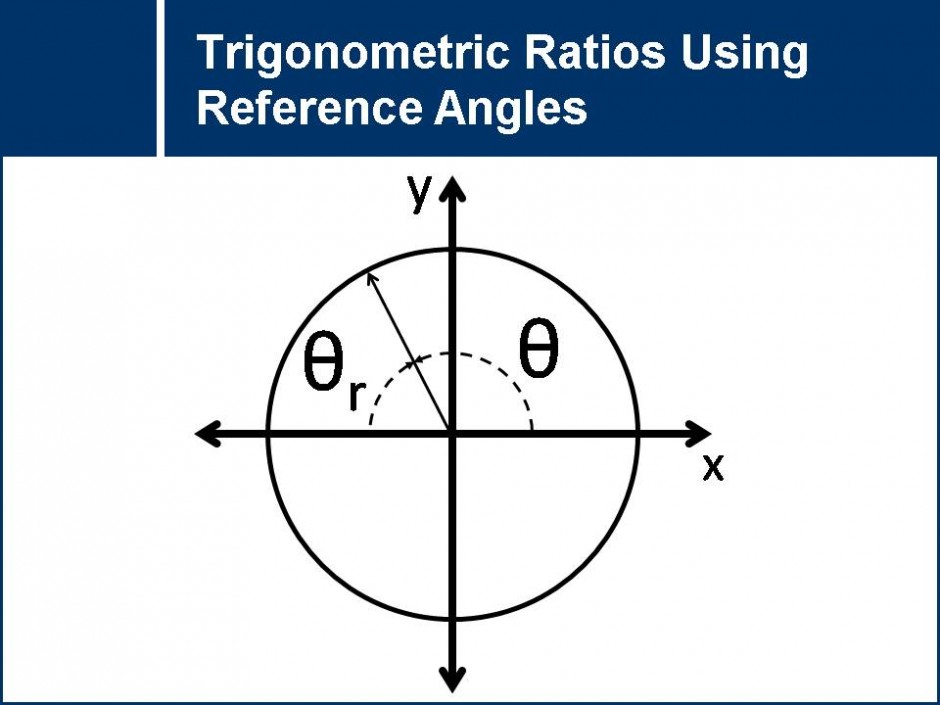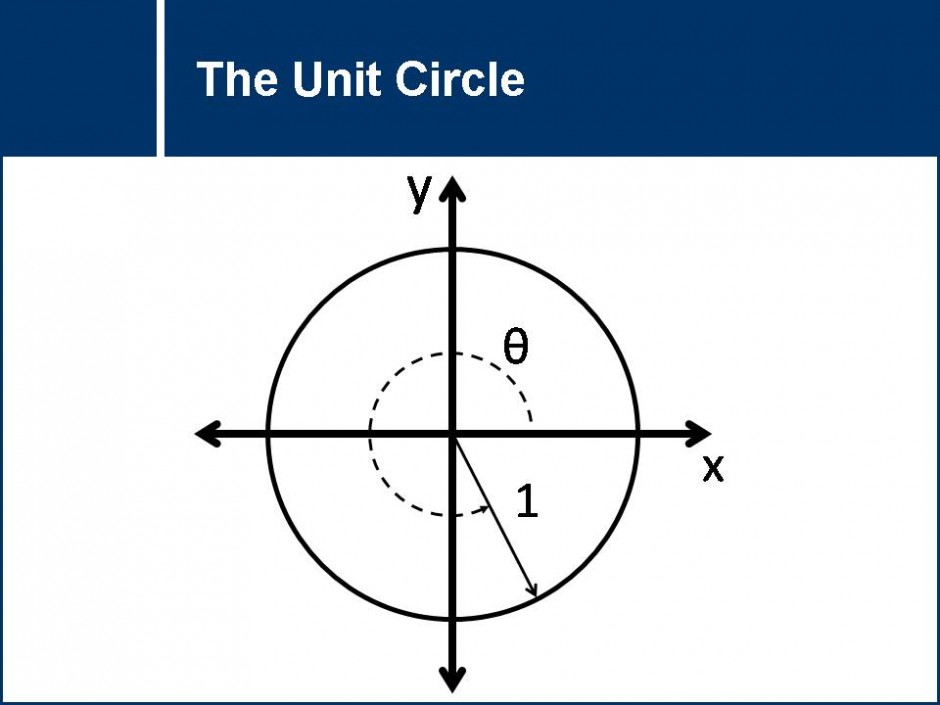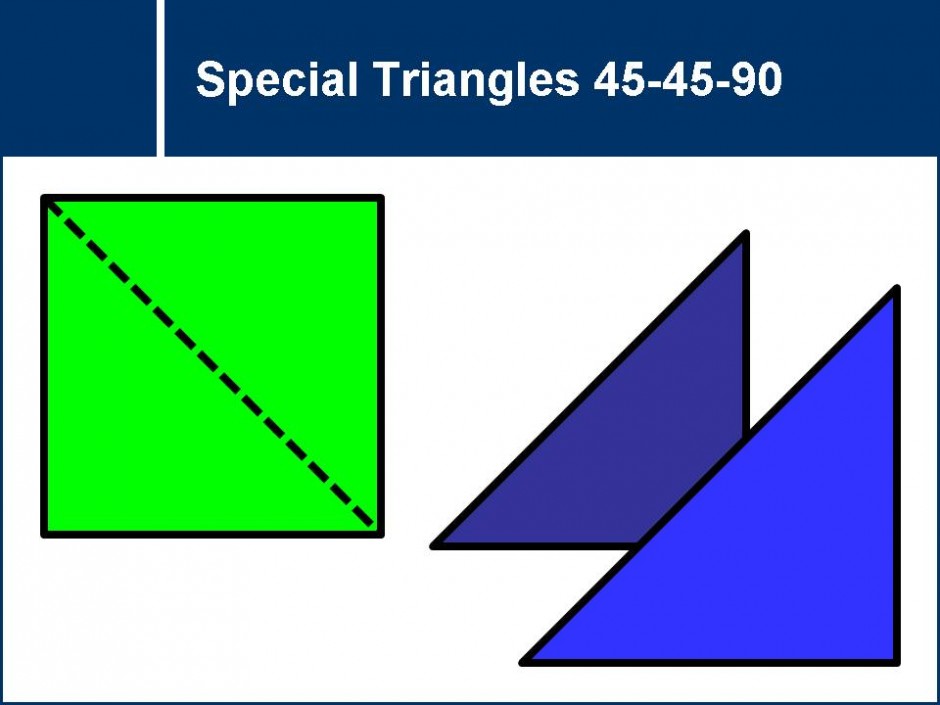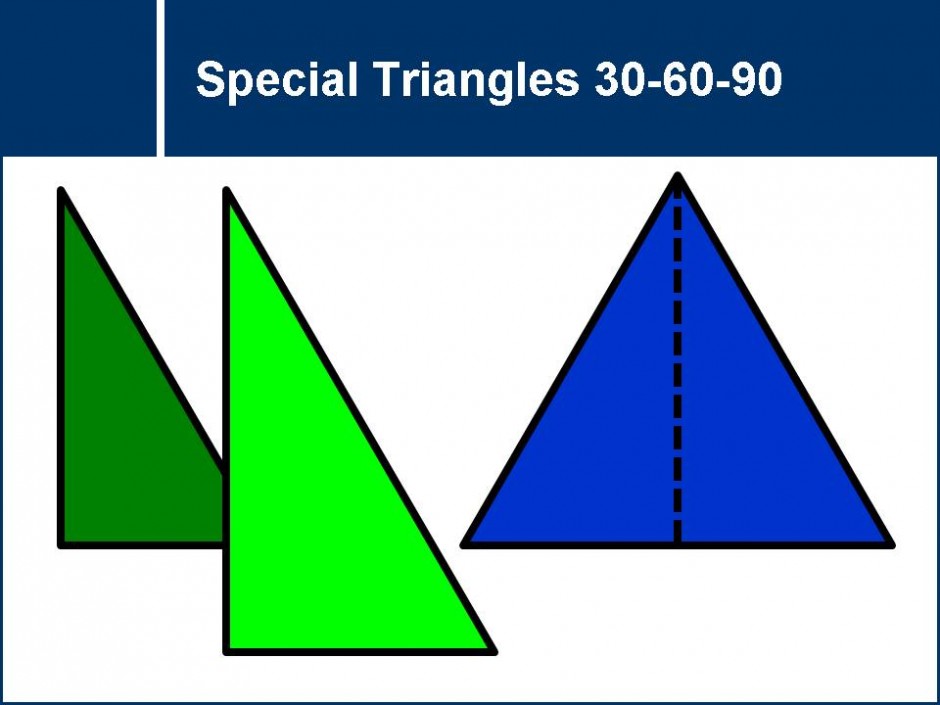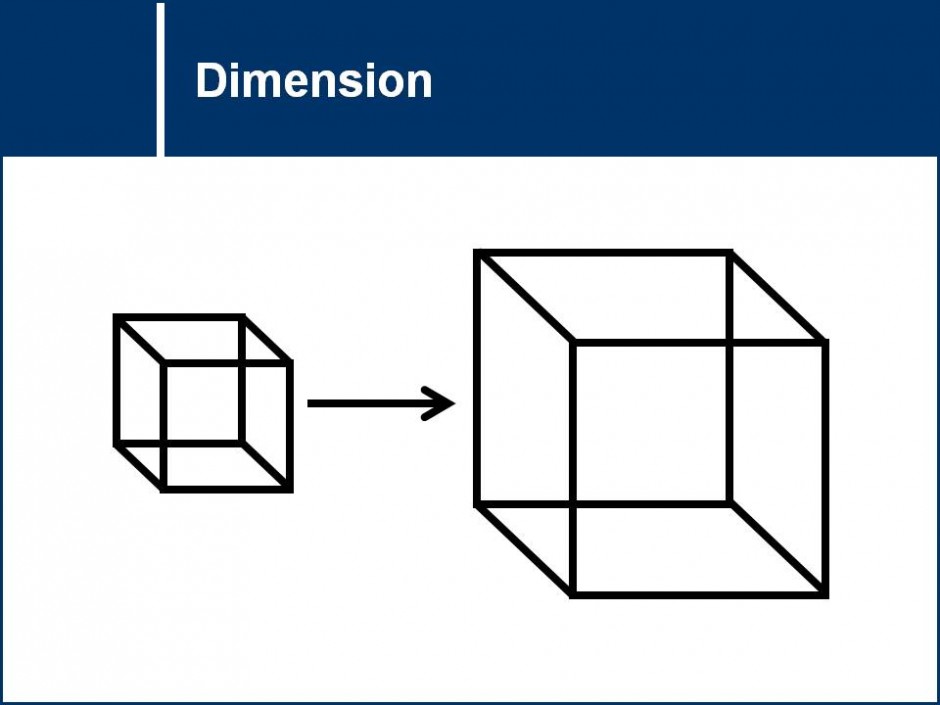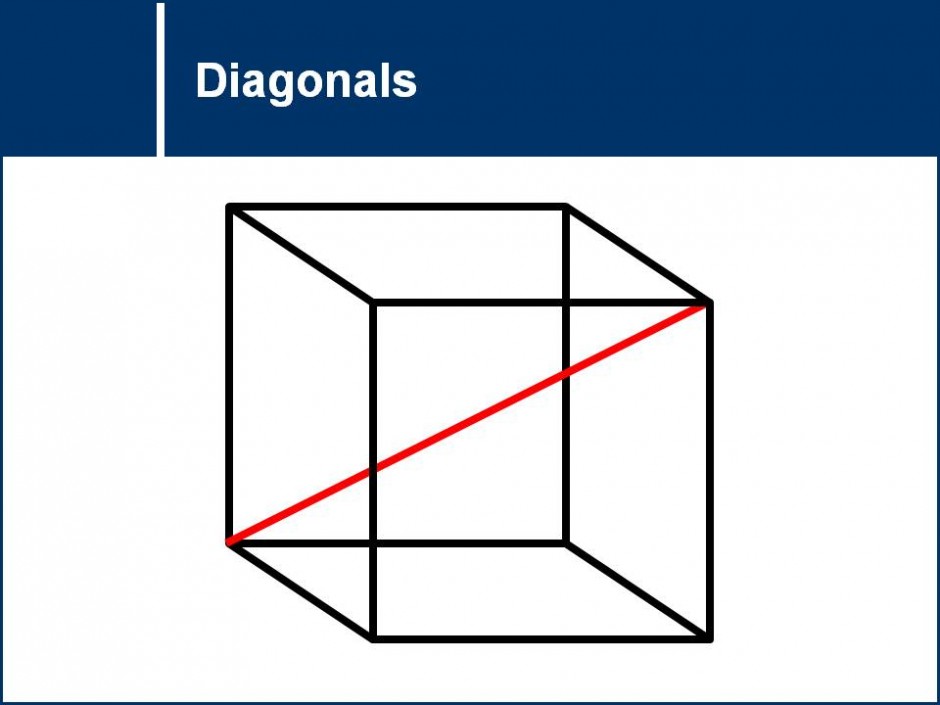The concept of reference angles will be used to find equivalent ratios for sine, cosine, and tangent in different quadrants.![]()
![]()
angles, cosine, geometry, math 11-12, quadrants, reference angle, sine, tangent, trigonometric ratios, trigonometry, unit circle
The exact value of the trigonometric ratios for 0°, 30°, 45°, 60°, and 90° will be discovered by analyzing the unit circle using special triangles.![]()
![]()
angles, cosine, geometry, math 11-12, quadrants, right angle triangle, sine, tangent, triangles, trigonometric ratios, trigonometry, unit circle
The ratios of the 45-45-90 triangle will be derived using the Pythagorean Theorem. The properties of the special triangles can then be applied to the trigonometric ratios of sine and cosine. ![]()
![]()
45-45-90, angles in a triangle, diagonals, geometry, math 11-12, Pythagorean theorem, ratios, right angle triangle, triangles
The ratios of the 30-60-90 triangle will be derived using the Pythagorean Theorem. The ratios when the be applied to quickly find the side lengths of any 30-60-90 triangle.![]()
![]()
30-60-90, angles in a triangle, dimensions, equilateral triangle, geometry, math 11-12, Pythagorean theorem, ratios, right angle triangle, scaling factor, triangles, unit circle
Basic geometry and mathematics are used in this problem set to explain varying properties of an ascending series of n-dimensional units. ![]()
![]()
area, cube, dimensions, edge length, expansion, math 11-12, math 8-10, perimeter, scaling factor, surface area, volume
The concept of surface area is explored through the iterative processes in creating a Menger sponge.![]()
![]()
area, cube, math 11-12, patterns, sequences, surface area
Varying lines and diagonals in cubes and tetrahedral are examined and solved for in this series of problems.![]()
![]()
cube, diagonal, geometry, lines, math 11-12, math 8-10, pythagoras, shape and space, tetrahedron
